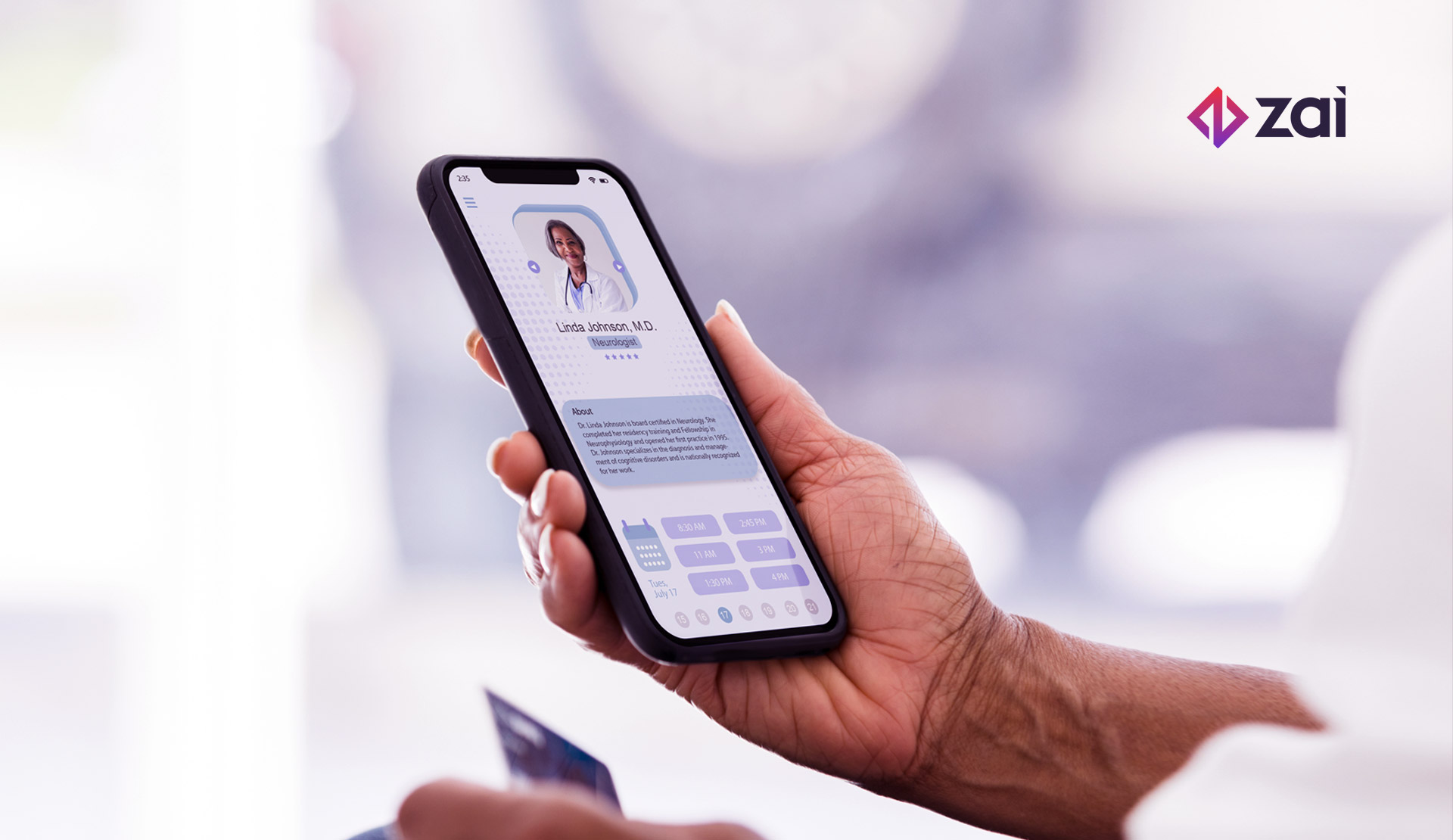With 7.7 million immigrants in 2020, Australia ranked in the top 10 countries with the highest number of foreign-born residents. As borders reopen post pandemic, 180,000 new migrants are expected to enter Australia over the next year.
As more people travel and move to Australia for work or study, the international flow of money increases, driving growth and innovation in the remittance industry. Even in difficult economic times, remittances can make up as much as 30% of a country’s GDP, and after an initial hit, the remittance industry has continued to grow throughout the pandemic.
Sending money home to support loved ones is of a considerably different nature to the exchange of money for a product or service. Not only will customers have expectations in line with the latest on-demand and real-time technology, but they will also have strong emotions tied to their experience with a remittance service.
''Trust is at the core of everything we do. Creating that trust through providing a very valuable experience is what we strive to do every day - because it's not our money, it's our customers’ money. We are the custodian of their money, helping them solve a problem in the most efficient way.''
Paul Byrne, CEO Zai
As the industry continues to grow alongside the widespread use of mobile wallets, the Australian service providers putting the following six user experience (UX) factors at the centre of their operations will emerge as industry leaders.
1. Convenience
Born of sacrifice and separation, remittance is the single biggest source of foreign-exchange activity in the developing world. However, the traditional process of receiving money through remittance has been famously inconvenient – especially during a pandemic. In 2022, the emotional cost of inconvenience is too high for remittance service providers to ignore.
In the past, remittance would require both the sender and receiver to have a bank account, which 1.7 billion people around the world don't have. Both would then have to queue at a bank or an exchange agent to send or receive the funds.
Relying on banks to send and receive remittances also limits access to the standard opening hours, which can be very stressful in times of financial need – especially when customers are used to the ease and convenience they experience elsewhere in their increasingly connected and on-demand lives.
2. Cost-efficient services
While the incomes of migrant workers are often low, cost will always be a key consideration for anyone sacrificing part of their income to support their family overseas. While digital remittance is already more cost-effective than traditional international money transfers, growth in the industry is making it easier for users to switch to a provider that can offer better exchange rates and lower transaction fees.
Although $21bn is sent from Australia each year, Australian remittance prices are still high by global standards. Partnering with fintech can simplify workflows for greater agility and efficiency, enabling remittance providers to reduce their service costs and scale infinitely.
3. Transparency
A lack of transparency around fees is a sure way to lose trust and send customers running to another provider. After an inquiry by the Australian Competition and Consumer Commission (ACCC), most remittance companies are now providing customers with the tools they need to easily compare prices.
Greater transparency leads to lower costs throughout the industry, and the remitters providing this transparency are demonstrating attunement to their customers needs. Given the emotional nature of these transactions, remitters providing inadequate transparency have an increased risk of losing customers, regardless of how low their costs are.
4. Speed
Remittance customers expect their money transfer experience to be as quick and seamless as their other digital interactions. There is a need for speed and anything less than instant won’t cut it anymore. The remittance industry has always depended on partnerships to thrive, and collaborations with fintech will continue to play a significant role in the cross-border payments sector.
Real-time domestic payments have become the new normal, and payments across borders are next on the fintech agenda. Partnering with a real-time payments service can give remittance providers a competitive edge and an opportunity to revolutionise international payments.
5. Control and oversight
Remittances are often the first financial products used by lower income people, often serving as a stepping tone stone to other financial services. Providing these customers with control, clarity and digital oversight sets them up with a foundation of financial wellness.
In 2022, the technology is available to make this happen. Automation powered by APIs can help remittance providers create ideal payment experiences for their customers.
6. Safety and security
With increased speed and convenience driving growth in the sector, the need for greater safety and security becomes a fundamental requirement. While remittances can be the financial lifeblood for the families of migrant workers, the industry is considered high-risk for fraud, money laundering and financing terrorism.
To measure up in the diverse and competitive remittance landscape, Know Your Customer (KYC) processes and safe data handling need to be top priorities.
People sending money home to their families want to be certain that their money will go to the intended recipient. A robust PCI DSS compliance framework, encryption and tokenisation, along with effective onboarding, can ensure safety, trust and peace of mind for customers.
While user experience and expectations drive demand and innovation across all industries, the emerging leaders in Australia’s remittance sector will pay close attention to the personal and emotional nature of these transactions.
Remittance providers that use cutting edge technology to meet the evolving needs of their customers, develop stronger relationships, and foster trust through safety and transparency, are the ones that stand to gain the most.
The industry-disrupting magic happens when fintech and remittance work together to combine agility and advanced technologies with brand recognition, industry knowledge, compliance frameworks and an extensive customer base to scale.
To discuss how we can help you solve your payment needs, contact us here. And for more information on how payments can add value to the customer journey, download the guide below.


.png?width=211&name=Cover%20(7).png)


